5 Putting Tips From The Best Putter On The PGA Tour
Putting is one of the hardest areas of the game to master, and it has a huge impact on your scoring, so why not learn from one of the best in the business...
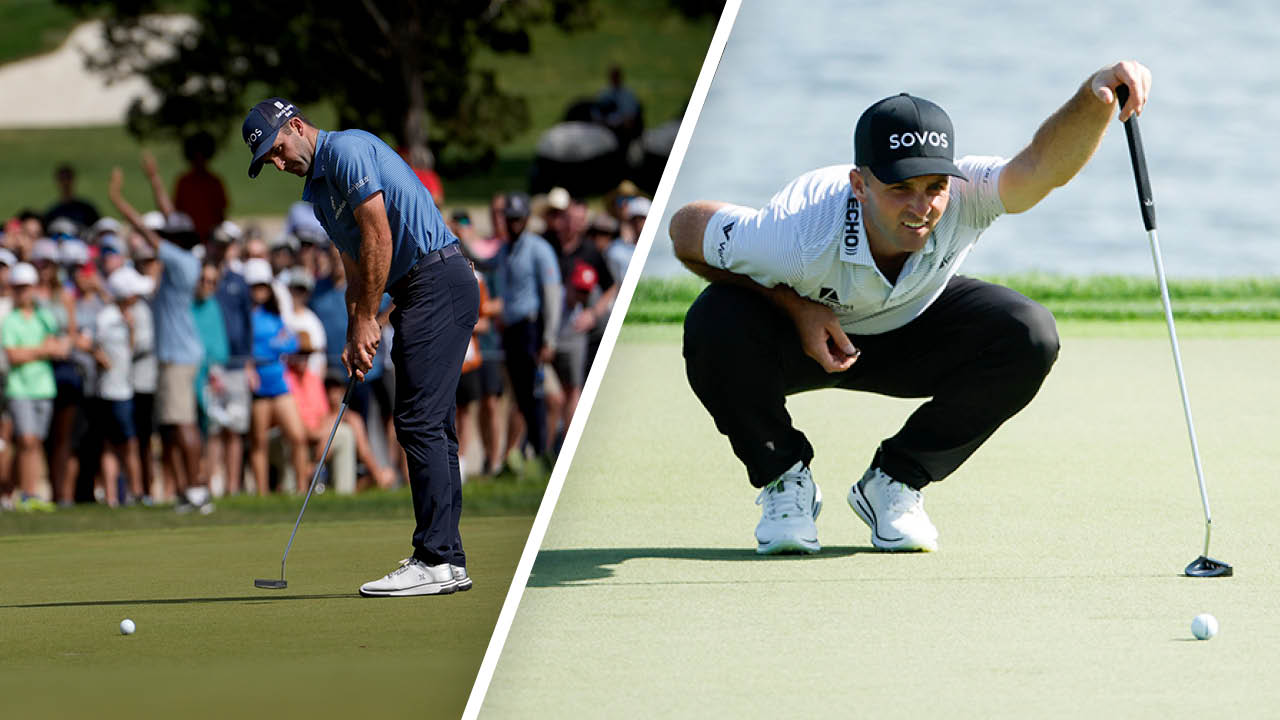

Barry Plummer
The pursuit of better putting can seem like a long and arduous journey, especially if you are not seeing great results on the greens, but accessing the best golf tips is a great way for you to take control of this key area of your game.
You might have spent time trying the claw grip, or switching it up with the left-hand-low putting style, but what you really needed was a lesson from one of the best putters on the planet.
Enter, Denny McCarthy!
The World No.31 currently ranks first on the PGA Tour for Strokes Gained: Putting in the last 12 months, and has been in the top-3 in this measure in four of the last five seasons. In this article, Denny McCarthy shares five expert putting tips to improve your performance on the greens and help you to make more birdies...
1. Stopping Bad Habits
I have a tendency to want to open my feet at set-up. I think most golfers tend towards an open stance when putting, which is fine. But for me, sometimes I get a little ‘swipey’ with my stroke when I do that.
The more open I get, the more I want to leak left-to-right putts. It’s a hard putt sometimes. You feel like you pick a high line and you’ve got to commit to it, but sometimes you feel it can be too high and you just push it down there. That’s when it leaks.
Everyone can relate to it. I address this in practice by feeling like I close my stance and almost covering the putt. When I get more square with those left-to-righters, I feel like I can compress the ball more instead of letting it just come off my putter face.
Get the Golf Monthly Newsletter
Subscribe to the Golf Monthly newsletter to stay up to date with all the latest tour news, equipment news, reviews, head-to-heads and buyer’s guides from our team of experienced experts.
2. Pressure Putts
Pressure putts can be tricky as we tend to put more expectations on ourselves. Do your best to treat pressure putts with the same emphasis as your other putts earlier in the round. Don’t tell yourself, “I really need to make this bogey putt or else I make double.”
I don’t really think that way. If I’m having a bad hole and I’m standing over a 6ft putt for bogey, I tell myself I’m going to put a lot of good energy and focus on this and if it doesn’t go in, so what. Yes, I’m probably going to be frustrated, but I just have to continue to go through my same process. Don’t let your mind race. Realise that it’s not the end of the world.
One bad hole can be frustrating and it does suck at that moment, but just stick to your processes and don’t freak out. Try to be unflappable. Just stay the course, knowing you just played a hard hole, and tell yourself you’ve got opportunities ahead. It’s about keeping a positive frame of mind.
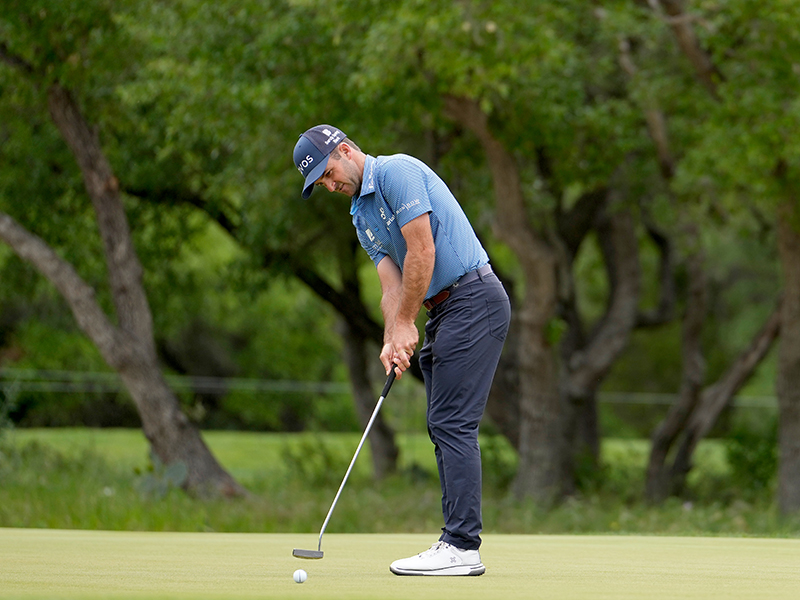
3. The Way I Want A Putt To Feel
You can putt many different ways. I can stand wide open and take it back jaggedly, but if my face comes through square at impact every time then that’s all that matters, although it’s going to be more difficult to match it up if you take it back all goofy. It’s all hand-eye coordination and feel.
If you take a ball and roll it with your hand, you’re not going to put any weird spin on it. I try to feel like I’m hitting a baby topspin tennis or ping pong forehand. That takes the ball and gets it rolling.
I don’t want to feel like I’m hitting a slice backhand with the ball launching up with backspin. You’re not taking a putter and whipping it with your right hand. There’s definitely a lot of feel in the right hand for right-handers, but I feel like I’m nice and connected.
4. Green Reading
One of my mottos is ‘aim small, miss small’. I read the greens by picking spots, so if I have a putt that breaks a foot, I look for something that stands out, whether a piece of poa annua or an old ball mark. I try to treat it as an art form and picture the art of the putt as it’s curving.
Then I focus on the spot I’ve picked and line it up, whether it’s at it or a ball or two high of it. I then just try to visualise where it’s going to be rolling at that spot and how it’s going to enter the hole. It’s about practising really good visualisation. I’m just not very mechanical and rely on my touch and feel when it comes to putting.
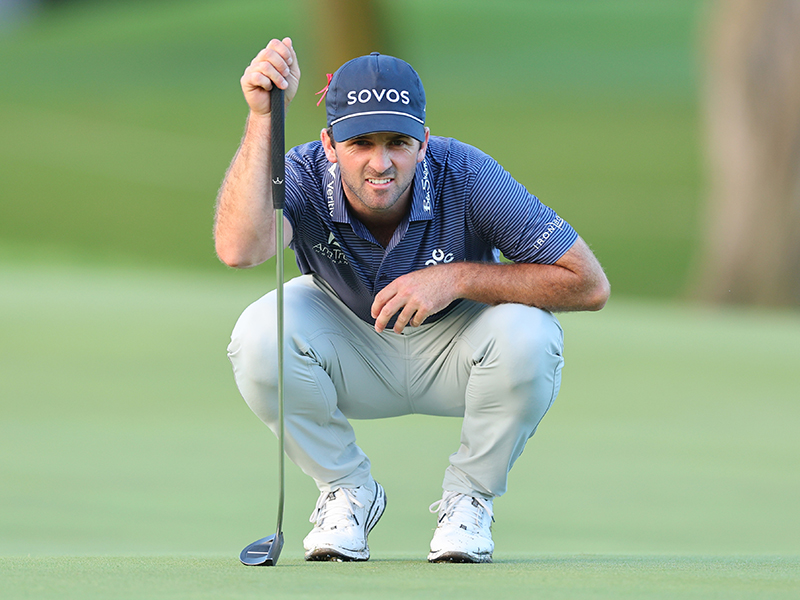
5. Engage Your Core
If you’re about to hit a putt and your putter is down on the ground, lift it off the ground and hover it behind the ball. This will naturally engage all the right muscles you need for the putt. It’s a good way to keep everything locked in and in place.
Everything else is kind of solid and tight and then I want to feel like my arms, hands and shoulders are loose, so I’m just able to swing my arms and shoulders. I don’t want my arms to be super tight and locked in. I want them to have some freedom to move and rotate.
Once you hover the putter, you’ll feel everything engage a little bit. Keep it hovered and then make a stroke with it. Rickie Fowler used to do that. It’s a good little check – a reset for all of us to come back to every now and again.

Garrett Johnston is a golf reporter and presenter who’s covered pro golf for 12 years including over 30 majors. His goal each year is always to “grow with the rookies” on Tour. The idea is to get to know the superstars before they become household names. Tony Finau, Gary Woodland, and Patrick Reed are just some of the players Johnston has covered from their early pro careers for their hometown newspapers. Johnston’s favorite event is always The Open, and he credits his unforgettable experience covering the 2015 Open at St. Andrews where he got to interview Tom Watson (in his final Open) and winner Zach Johnson exclusively throughout the week as his favorite event so far. Johnston has also developed a strong rapport with Tour caddies and regularly contributes to Caddie Network and Golf.com. He also has his own podcast: Beyond The Clubhouse
- Barry PlummerStaff Writer
-
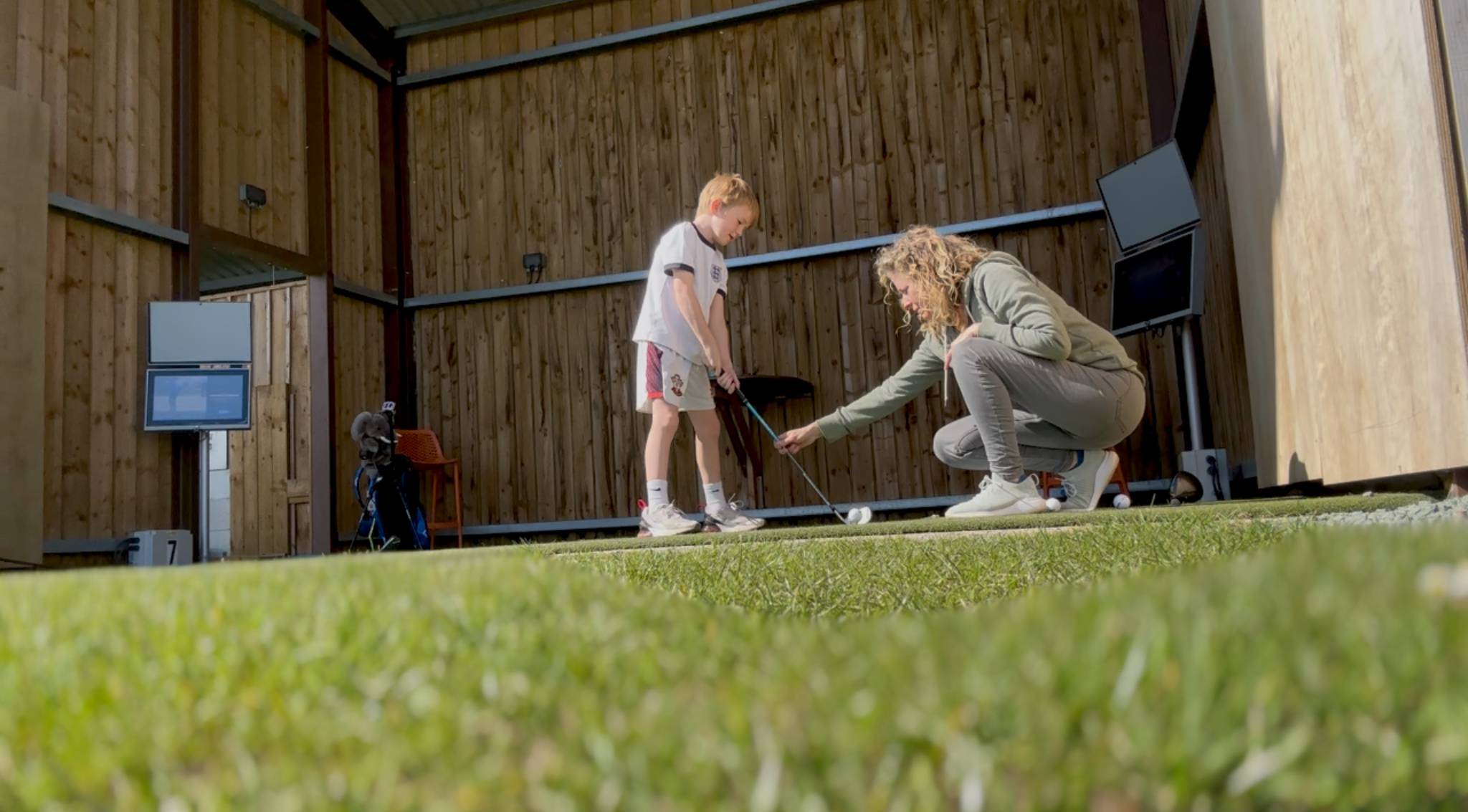 I’m A PGA Golf Coach - Here's Why I Made Sure My Kids Can Play Golf
I’m A PGA Golf Coach - Here's Why I Made Sure My Kids Can Play GolfFrom life lessons to lifelong friendships, Top 50 Coach Katie Dawkins on what golf can give your children
By Katie Dawkins
-
 Rory McIlroy's Masters Win More Popular Than Tiger Woods In 2019 As Incredible TV Ratings Released
Rory McIlroy's Masters Win More Popular Than Tiger Woods In 2019 As Incredible TV Ratings ReleasedMcIlroy's role as golf's primary needle-mover continued on Sunday as the Northern Irishman's fifth Major attracted an awful lot of eyeballs in the USA...
By Jonny Leighfield
-
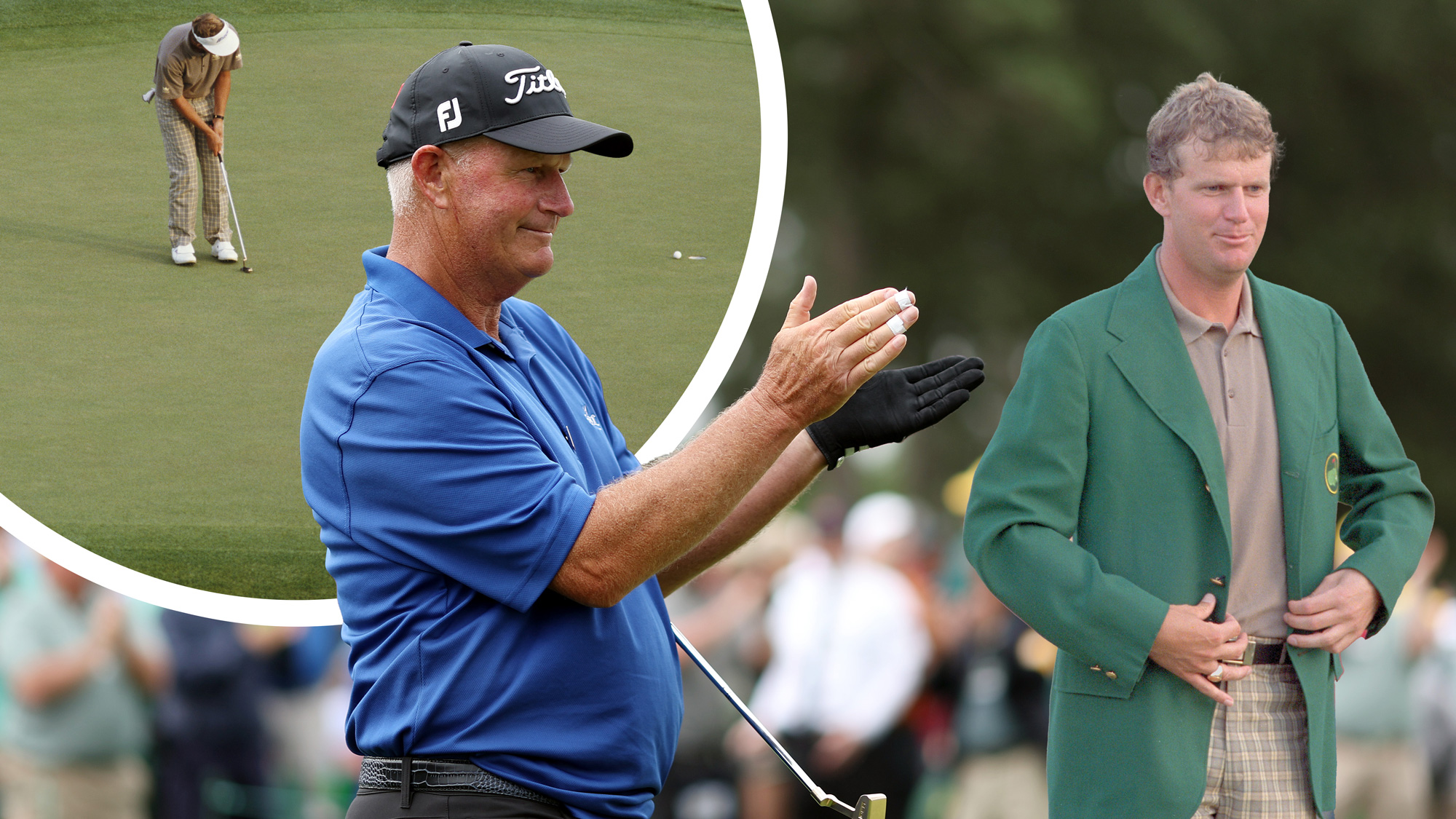 Sandy Lyle Shared 3 Top Tips With Us Prior To Winning The Masters in 1988... And They Could Still Save You Shots 37 Years Later
Sandy Lyle Shared 3 Top Tips With Us Prior To Winning The Masters in 1988... And They Could Still Save You Shots 37 Years LaterThe 1988 Masters Champion shared his expert tips in the January 1988 issue of Golf Monthly, but they are still absolute gems for amateur golfers to this day...
By Barry Plummer
-
 Are You More Accurate Than The Average Amateur Golfer? Peter Finch Can Help You Hit More Fairways In 2025
Are You More Accurate Than The Average Amateur Golfer? Peter Finch Can Help You Hit More Fairways In 2025There is no better feeling than striping one down the middle of the fairway, but many amateurs struggle with accuracy. Peter Finch has four pro tips to help...
By Barry Plummer
-
 Are You A Victim Of This Destructive Golf Swing Fault? Let Me Help You Fix It Before You Tee It Up This Weekend
Are You A Victim Of This Destructive Golf Swing Fault? Let Me Help You Fix It Before You Tee It Up This WeekendAn overswing in golf is a destructive habit which can cost us precious shots on the golf course, but PGA Pro John Jacobs has a quick fix to get us game ready...
By Barry Plummer
-
 Do You Struggle With Distance Off The Tee? Try This Quick Fix To Make 2025 Your Biggest Golf Season Yet
Do You Struggle With Distance Off The Tee? Try This Quick Fix To Make 2025 Your Biggest Golf Season YetStruggling with distance off the tee could be a major reason why your handicap isn't coming down or your scores aren't improving, but our quick fix can help...
By Barry Plummer
-
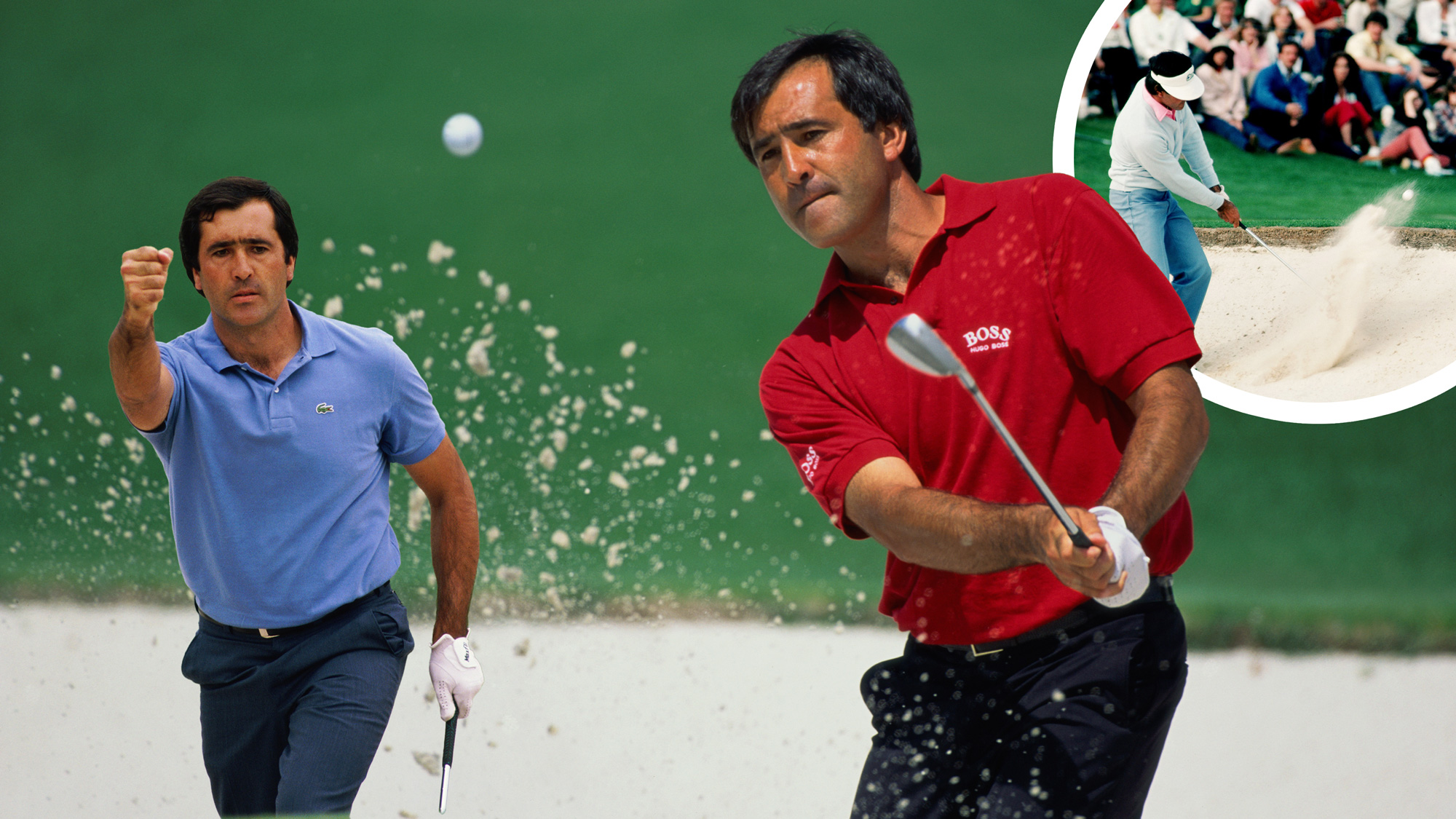 Seve's 'Lost' Bunker Lesson: Master Slopes And Transform Your Short Game Today
Seve's 'Lost' Bunker Lesson: Master Slopes And Transform Your Short Game TodaySeve's forgotten bunker lesson, from Golf Monthly's August 1983 issue, could hold the secret to better bunker play and supercharging your short game this season
By Barry Plummer
-
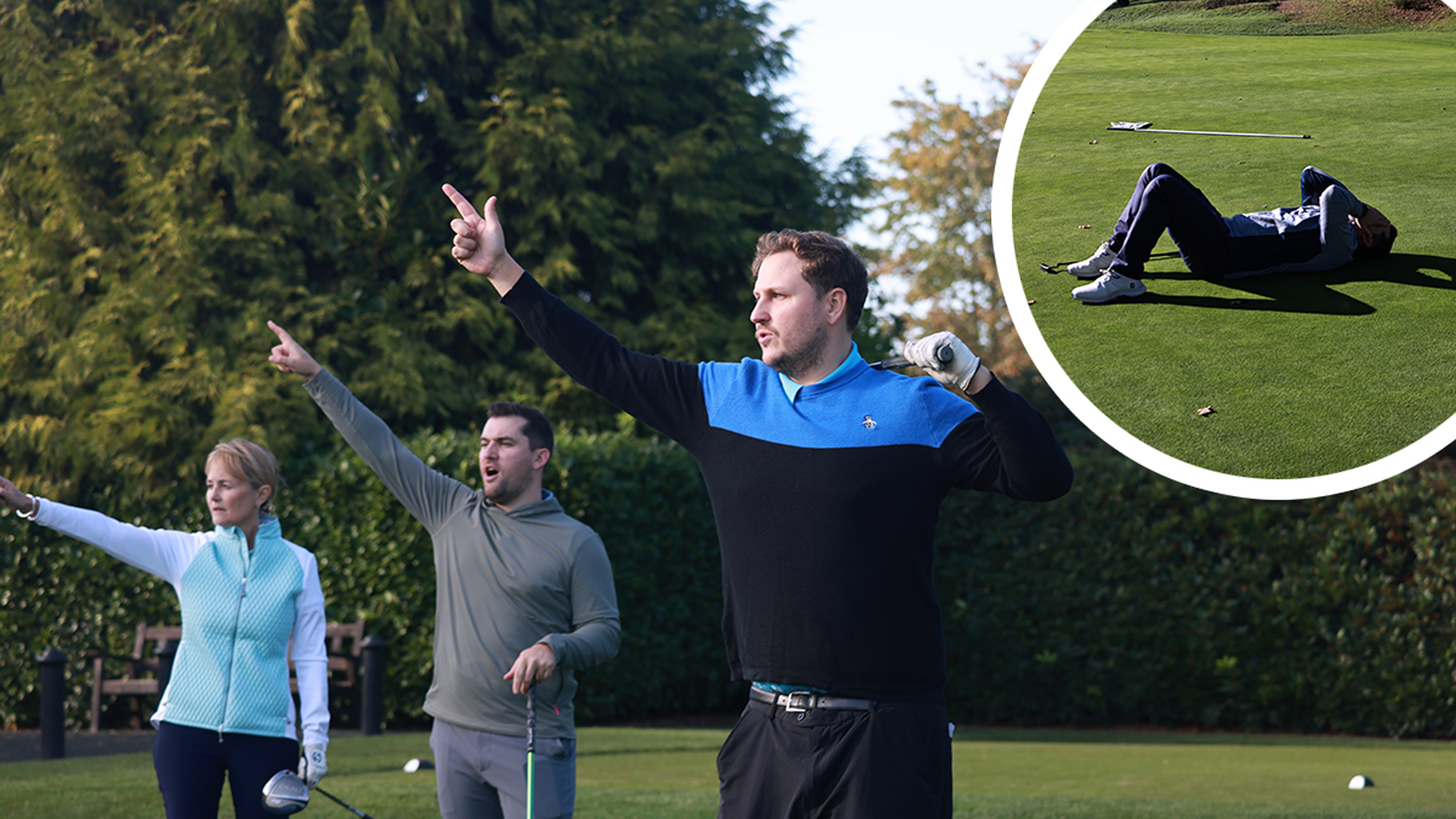 Is Your Golf Swing Failing You? This All-Encompassing Drill Can Instantly Save It
Is Your Golf Swing Failing You? This All-Encompassing Drill Can Instantly Save ItAre you struggling with your golf swing? Discover the all-encompassing drill that can fix common swing faults and restore your game. Get back on track today!
By Tom Motley
-
 I Attended An Exclusive Tee To Green Masterclass With A Top Golf Coach... Now I'm Sharing His 6 Transformative Tips With You
I Attended An Exclusive Tee To Green Masterclass With A Top Golf Coach... Now I'm Sharing His 6 Transformative Tips With YouFew golfers get the chance to spend an entire day with a top golf coach, which is why I can't keep his six expert tips to myself. Get ready to play better golf!
By Barry Plummer
-
 5 Things The Biggest Hitters Do To Generate Power In Their Golf Swing (And How You Can Copy Them)
5 Things The Biggest Hitters Do To Generate Power In Their Golf Swing (And How You Can Copy Them)Generating more power is a great way to improve your handicap and shoot lower scores. So, we analysed the biggest hitters in golf to help you hit it further...
By Barry Plummer